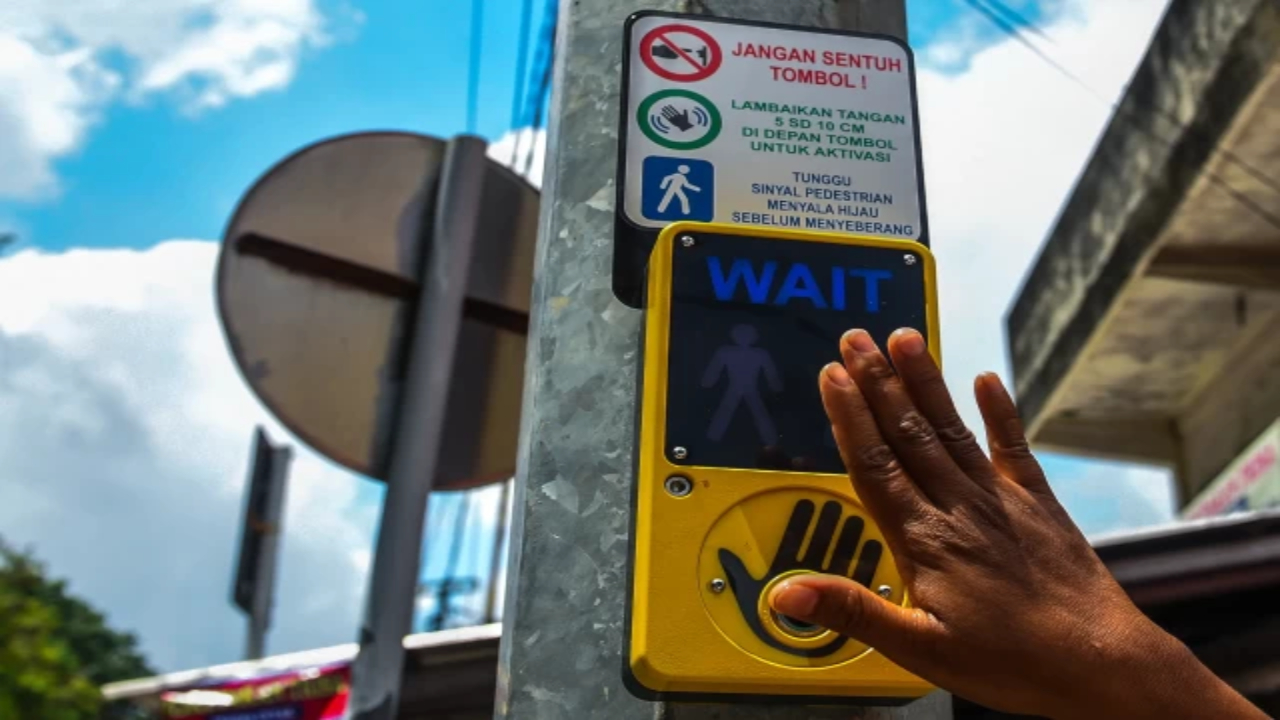The Importance of Crosswalks and Pedestrian Signals
Bukemersanacokyakisir – To begin with, crosswalks and pedestrian signals play a vital role in protecting those who travel on foot. By clearly indicating safe crossing points, they reduce the risk of accidents and improve overall traffic flow. Moreover, well-maintained crosswalks act as visual reminders for drivers to slow down and stay alert, ensuring safer streets for everyone.
“Also read: Best Travel Destinations for Couples Looking for a Romantic Getaway“
Encouraging Walkability in Communities
In addition to safety, these features promote walkability in cities and neighborhoods. When people feel confident about crossing roads, they are more likely to walk instead of drive. Consequently, this supports healthier lifestyles, reduces traffic congestion, and fosters stronger community interactions.
Supporting Inclusive Urban Design
Furthermore, crosswalks and pedestrian signals are essential for inclusive urban planning. Accessible signals with audio cues help individuals with visual impairments navigate safely. Similarly, strategically placed crosswalks assist parents with strollers, seniors, and people with mobility challenges, making cities more welcoming to all.
“Read more: Driving Without a License: A Global Safety Risk“
Reducing Traffic Conflicts
Not surprisingly, clear pedestrian pathways also minimize conflicts between vehicles and walkers. With designated spaces and regulated signals, drivers can anticipate pedestrian movement more accurately. As a result, this reduces sudden stops, misunderstandings, and potential collisions on busy streets.
Promoting Sustainable Transportation
Lastly, by making walking safer and more appealing, crosswalks and pedestrian signals support sustainable transport goals. Encouraging people to walk instead of relying solely on cars helps lower carbon emissions. In turn, this contributes to cleaner air, healthier environments, and more livable urban spaces.



